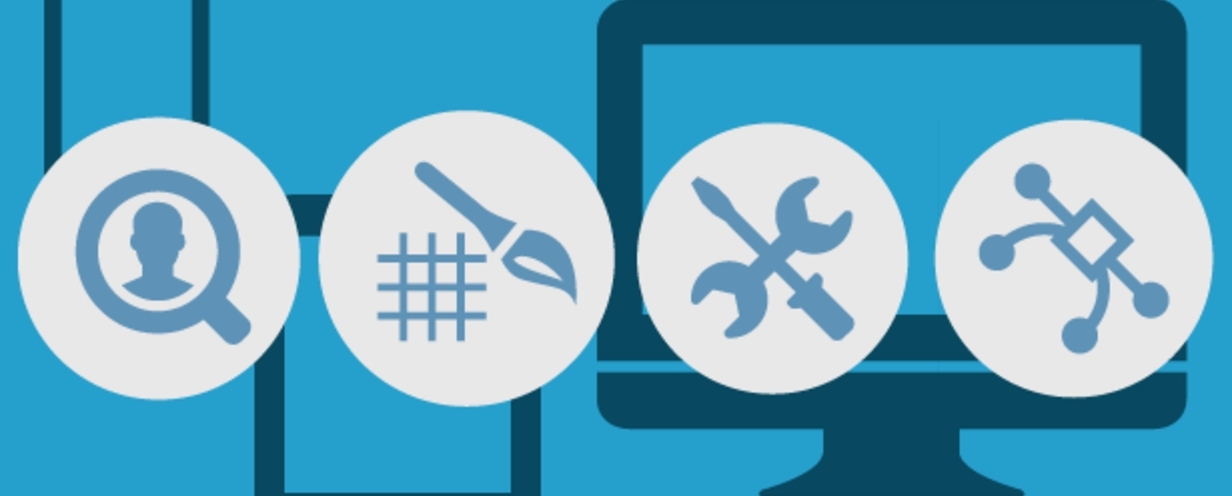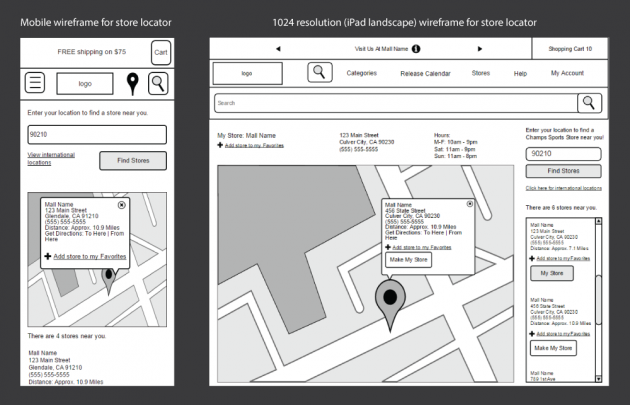
Testing The Cross-Channel Experience Throughout the Development Process

In today's guest post, Jacklyn Cummins, Usability Analyst for Footlocker.com/Eastbay, shares the testing process she uses to ensure a great cross-channel experience. Enjoy!
Do you want to ensure you are providing your customers with a consistent, usable experience across all of their devices?
In today’s world, your customers can leverage many different channels to access your website, which is why it’s important to consider cross-channel testing. Not only do you need to think about how your site functions on all of the different desktop browsers out there, but you need to consider the experience on the growing tablet and smartphone channels as well.
Testing the experience across all the channels available to your customers will help you identify where your customers are struggling to interact with your website and what you need to fix.
Why should you test the cross-channel experience?
1. Identify user experience inconsistencies
Your customers are using your website on their computers, tablets, and smartphones. Due to the wide variety of screen resolutions and sizes, testing is especially important to see exactly how the user views your site on their device. You’ll be surprised how many take-aways you’ll receive from the testing feedback.
2. Expose bugs
Users will be able to point out different bugs they experience throughout the testing process. Some bugs may be common across all channels, while some may be device- or browser-specific. Running a test on new functionality is important because you can identify bugs that you may not have ever seen before.
How to test the cross-channel experience
The UserTesting platform allows you to deploy tests across many different devices. You can also target users with specific browsers and devices. Setting demographic information and screener questions will allow you to narrow down your test participants to a specific group of people who matter to you.
The following testing options should all be considered and leveraged when introducing new functionality on your website.
1. Wireframes
Wireframing the user experience design for the new functionality you are working on has many benefits. One benefit is you can leverage UserTesting to make your wireframes available for evaluation. Users can review and comment on the user experience before you implement the design. This is helpful because the user can focus solely on the experience and not be distracted by the graphic design.
At this point in your design process, you can easily and quickly change the experience based on the users’ feedback, making it easier and cheaper for you to change the wireframes rather than a mockup or the actual code.

Testing your wireframes early lets you quickly make changes to layout and functionality before any code is written.
Testing wireframes for all of the different screen resolutions your site will be viewed on can provide you with valuable feedback. The users can help you identify priorities of the elements on your page. For example, a mobile user may call out that a certain element is not relevant on mobile, while it is still relevant on tablet or the desktop. The earlier you can start testing your new functionality, the more feedback you will get, and the better prepared you will be to provide all of your users with a great experience.
2. Mockups
Run your mockups through UserTesting before any coding begins. This is a great opportunity to get feedback on what the final design will look like and you can make last minute changes prior to implementation.
Testing your mockups is especially important if you have made changes based on the wireframing test feedback you received. At this point in the process, no major concerns should arise about the user experience because those should have already been called out during the wireframing test. Testing your mockups adds reassurance that you are still driving your design in the right direction for an optimal user experience.
3. Prototypes
After you have completed coding of the new functionality, run a test on the prototype. Prototype testing is very valuable because this is the first time a user can interact with your design. Users will be able to call out issues related to the interactions they have made, such as small touch targets.
If you have set out to optimize the user experience on all devices, the prototype test can also help point out areas or devices that need optimization. If your page is responsive, ask the users to resize the window and view the experience again because it is important to receive feedback on the various layouts from the same user.
4. Live code
If you have completed testing on your wireframes, mockups, and prototypes, testing your code in production should be an easy final step in the process. Many users own more than one device, and they may start their journey on their smartphone to research a product while on the go, but they may complete the purchase from their iPad at home. The experience from one device to the next should be very similar in order to reduce confusion for the customer.
When setting up the final test, don’t forget to include test participants on a variety of devices and browsers. This will help you to identify any device-specific bugs. The earlier you can deploy a test on your production-ready code, the sooner you can identify issues and correct them. When setting up your final test, be sure to ask similar questions across each device type in order to confirm that the experiences are still aligned across devices.
The earlier you can deploy a test, the sooner you can identify and correct issues.
Lastly, you should also compare your test results with comments submitted through the feedback form on your website. If users have submitted feedback telling you that something is not working, reach out to those users and get more information on what device, operating system and browser they are using. Based on this information, deploy another test to see if any of the test participants can replicate the issue.
Conclusion
Leveraging the UserTesting platform to test the cross-channel experience gives you the opportunity to gather feedback on your user experience across many different devices and browsers. We cannot only design for the desktop experience anymore because the experience on smartphones and tablets is just as important. Testing each experience and comparing the results to one another is crucial to ensure brand consistency. Cross-channel testing does require a bigger effort up front than your ordinary user test, but the benefits are worthwhile.





